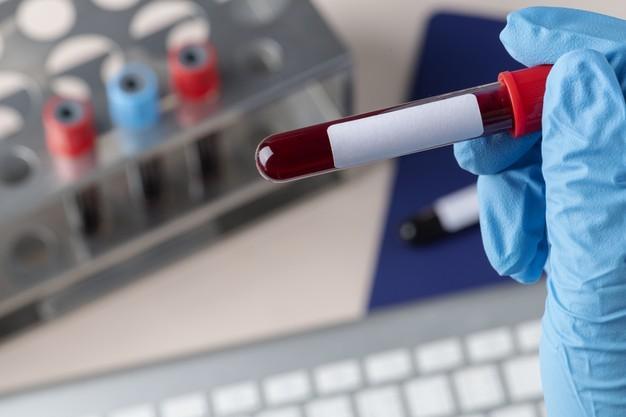If you want to donate blood, go ahead and do it; the necessity of blood donation cannot be overstated but do you know what occurs at a donation centre? How is the blood donation procedure conducted out? If not, here’s some information you might find useful.
The Procedure for Donating Blood
When we talk about blood donation, we usually mean entire blood. Donating whole blood implies you give your blood in the form that exists in your body. Most other blood products are derived from your complete blood.
Once you approach the contribution area, you will be greeted at the reception desk and a parking permit will be provided in your name. First-time blood donors are supplied with a questionnaire that they need to go through to prepare for the medical interview before donors may give their blood.
You will know whether there is anything in the questionnaire that prevents you from giving blood after reading it. You will be enrolled in the NBTS database after you indicate that there is no such restriction and that you are ready. At the reception, you are given water to drink.
Following registration, your weight and haemoglobin level will be determined. They will also record your body temperature.
Following these formalities, you must meet with a doctor stationed at the donation centre for your interview. The interview takes place in a private room, and the doctor goes over the questions with you. Following the completion of the questionnaire, they will conduct a medical examination of your body.
You will be forced to grasp the questionnaire’s numerous parts as it is addressed. At this time, you can also seek clarification from your doctor. After the talk, the doctor determines whether or not to authorize you to continue with the blood donation process. Remember that blood is valuable and in high demand. If you are advised not to donate blood, you should do so.
That is why it is critical that you honestly answer all of the questions on the questionnaire and anything else your doctor may ask you.
If your test results for the aforementioned come back positive, you may be barred from donating blood in the future. You will receive appropriate medical advice and be directed to a professional
Assume you’ve been granted a green flag. What happens next? You will then be directed to the contribution area, where you will be given some water. If you haven’t eaten in a few hours, you might consider having a small snack. This is to ensure that you do not experience dizziness or other unpleasant consequences when donating blood.
You will be able to rest comfortably on a couch or bed inside the contribution area. You’ll need to relax your clothes, laces, and belts. The nurse will explain the procedure and how it will be carried out at this stage, especially if you are a first-time donor. Your skin will be disinfected in preparation for needle implantation. The entire procedure of donating blood takes about 5 to 10 minutes. Report any strange sensations to the nurse as soon as possible. The donor’s body is regularly examined for anomalies or signs of fainting. You will be free to eat once the procedure is completed. The nurse will inquire as to how you are feeling. You will be permitted to go after around 15 minutes.
When will you be able to give again?
Female donors can give again after 4 months, however male donors can only donate after 3 months.


